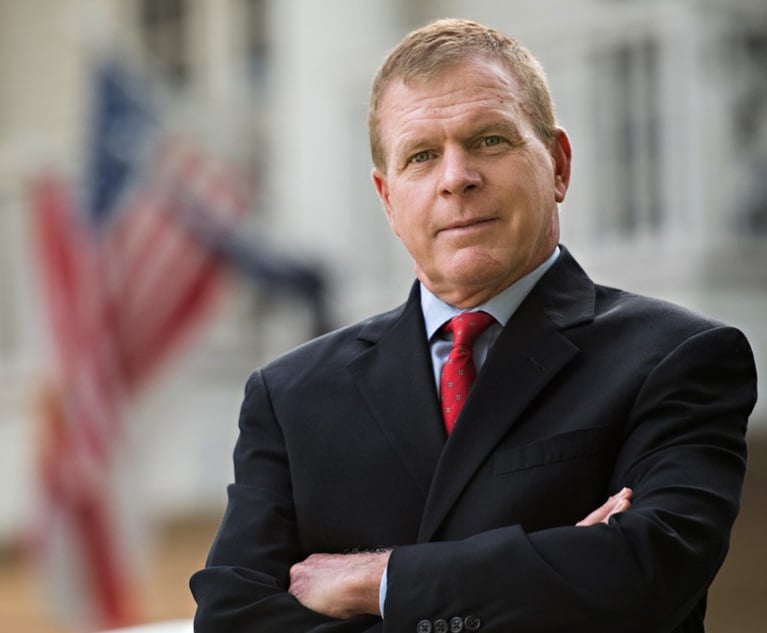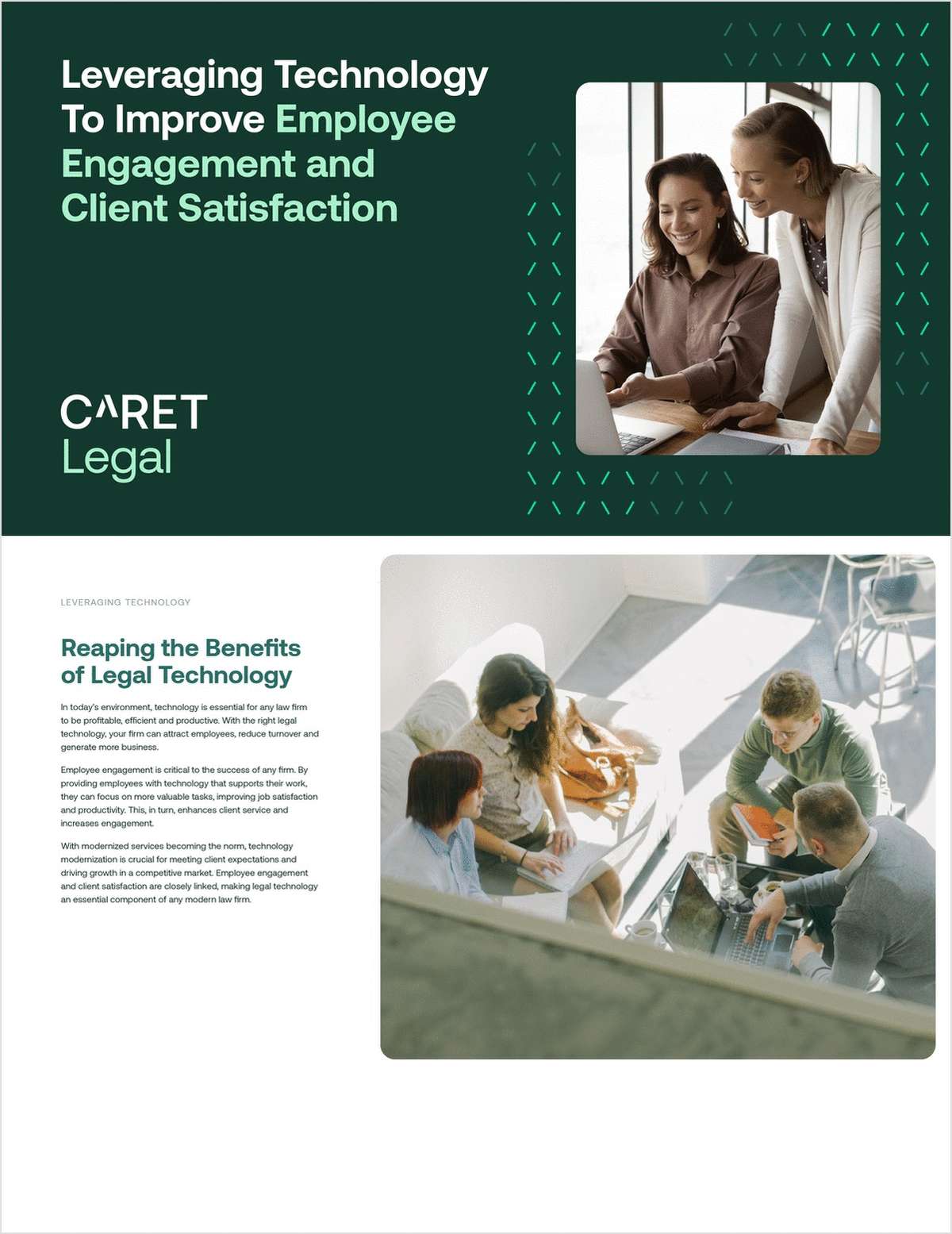Acknowledging Judicial Errors: Rejecting the Doctrine of Judicial Finality
Chief Justice William Rehnquist spoke clearly in Herrera v. Collins: “It is an unalterable fact that our judicial system, like the human beings who administer it, is fallible.”
August 20, 2018 at 03:26 PM
6 minute read
 U.S. Supreme Court building
U.S. Supreme Court building
On June 18, the U.S. Supreme Court in Trump v. Hawaii finally acknowledged that its decision in a Japanese-American case in World War II, Korematsu v. United States (1944), was in error. It took 74 years to make that admission, even though it was widely recognized since the 1980s that both Korematsu and Hirabayashi v. United States (1943) were fundamentally in error.
In those decisions, the Supreme Court upheld a curfew and detention of Japanese Americans, many of them U.S. citizens. With no evidence of disloyalty or subversive activity, the court deferred to executive claims, including those of General John DeWitt who believed that all individuals of Japanese dissent are “subversives” belonging to “an enemy race” whose “racial strains are undiluted.” The Justice Department prevailed in court in part by claiming that Japanese Americans in California had signaled to Japanese submarines offshore. The FBI and the Federal Communications Commission denied such claims, but the government withheld that evidence from the courts. Hirabayashi and Korematsu returned to court in the 1980s after newly discovered documents revealed that executive officials had committed fraud on the judiciary. The lower courts vacated their convictions for that reason. Despite those actions, the Supreme Court did not correct its errors in the 1943 and 1944 decisions.
The elected branches took initiatives to highlight the mistakes of U.S. policy toward Japanese Americans. On July 31, 1980, Congress created a commission to investigate the evacuation and detention. The commission's report in December 1982 stated that the treatment of Japanese Americans was shaped by “race prejudice, war hysteria and a failure of political leadership.” Legislation passed by Congress on Aug. 10, 1988, took additional steps to make restitution to individuals of Japanese ancestry.
Consider the pattern of some judicial reversals. In 1916, Congress passed legislation to regulate child labor in interstate commerce. Two years later the court in Hammer v. Dagenhart struck down the statute as unconstitutional. Congress passed a constitutional amendment to give it authority under the commerce power to regulate child labor but could not attract enough states to ratify it. In 1938, Congress passed child-labor legislation. relying once again on the commerce power. In United States v. Darby (1941), a unanimous Supreme Court not only upheld the statute but apologized for its earlier decision, which it said was “unsupported by any provision in the Constitution.” A remarkable and healthy admission of judicial error.
In an opinion by Justice George Sutherland in United States v. Curtiss-Wright Export (1936), the Supreme Court chose to completely misinterpret a speech by John Marshall in 1800 when he served in the House of Representatives. Although Marshall referred to the president as “the sole organ of the nation in its external relations,” he never argued that the president controlled all of foreign affairs. That position would violate the plain text of the Constitution. Instead, Marshall defended President John Adams for acting on the basis of specific treaty authority.
Yet Sutherland spoke of the “very delicate, plenary and exclusive power of the president as the sole organ of the federal government in the field of international relations.” Marshall never advanced that theory. Scholars immediately attacked Sutherland's error but it remained in place decade after decade to promote independent presidential power in external affairs.
The issue reappeared in 2013 when the D.C. Circuit in the Jerusalem passport case (Zivotofsky v. Kerry) relied on the sole-organ doctrine five times to uphold presidential power to ignore a statutory provision. The court acknowledged that the sole-organ doctrine was “dicta” but explained it was Supreme Court dicta. On July 17, 2014, I filed an amicus brief with the Supreme Court identifying the error and asking the court to correct it. In its column “Brief of the Week,” The National Law Journal on Nov. 3, 2014, selected my amicus brief with this headline: “Can the Supreme Court Correct Erroneous Dicta?” On June 8, 2015, the Supreme Court finally jettisoned the sole-organ doctrine. It took 79 years to correct an obvious and well publicized judicial error.
With its recent decision in Trump v. Hawaii, the Supreme Court acknowledged error with Korematsu. In her dissent, Justice Sonia Sotomayor described Korematsu as “rooted in dangerous stereotypes” about Japanese Americans and intentional efforts by the executive branch to withhold information from the courts. Chief Justice John Roberts, writing for the court, initially said that Korematsu had “nothing to do with this case” but then said the decision “was gravely wrong the day it was decided” and “has been overruled in the court of history.” This “court” was not judicial. Instead, it reflected initiatives by the elected branches.
In the 1953 Reynolds state secrets case, a B-29 bomber exploded over Waycross, Georgia. Three widows of civilian engineers who died in the crash filed a lawsuit under the Federal Tort Claims Act. The district court and the D.C. Circuit understood the principle of judicial independence, insisting that the district judge needed to examine the accident report in his chambers to determine if the Air Force had been irresponsible in allowing the plane to fly. The Supreme Court, without looking at the document, merely accepted the government's assertions. When the report was declassified in 1995 and the plaintiffs in the case obtained a copy, they discovered that the report contained no secrets but abundant evidence of Air Force negligence. The plaintiffs returned to court on a coram nobis, charging fraud against the judiciary, but the Supreme Court chose not to take the case. The erroneous Reynolds decision continues to guide the executive branch, the military and the courts.
Chief Justice William Rehnquist spoke clearly in Herrera v. Collins (1993): “It is an unalterable fact that our judicial system, like the human beings who administer it, is fallible.” An understanding of U.S. history rejects the doctrine of judicial finality, which asserts that constitutional decisions by the Supreme Court are final unless the court changes its mind or the Constitution is amended.
Louis Fisher is scholar in residence at The Constitution Project at the Project on Government Oversight (POGO). From 1970 to 2010 he served as senior specialist in separation of powers at Congressional Research Service and specialist in constitutional law at the Law Library of Congress.
This content has been archived. It is available through our partners, LexisNexis® and Bloomberg Law.
To view this content, please continue to their sites.
Not a Lexis Subscriber?
Subscribe Now
Not a Bloomberg Law Subscriber?
Subscribe Now
NOT FOR REPRINT
© 2025 ALM Global, LLC, All Rights Reserved. Request academic re-use from www.copyright.com. All other uses, submit a request to [email protected]. For more information visit Asset & Logo Licensing.
You Might Like
View All

Restoring Antitrust: Returning to the Consumer Welfare Standard

New York Mayor Adams Attacks Fed Prosecutor's Independence, Appeals to Trump
5 minute read
Trending Stories
- 1Uber Files RICO Suit Against Plaintiff-Side Firms Alleging Fraudulent Injury Claims
- 2The Law Firm Disrupted: Scrutinizing the Elephant More Than the Mouse
- 3Inherent Diminished Value Damages Unavailable to 3rd-Party Claimants, Court Says
- 4Pa. Defense Firm Sued by Client Over Ex-Eagles Player's $43.5M Med Mal Win
- 5Losses Mount at Morris Manning, but Departing Ex-Chair Stays Bullish About His Old Firm's Future
Who Got The Work
J. Brugh Lower of Gibbons has entered an appearance for industrial equipment supplier Devco Corporation in a pending trademark infringement lawsuit. The suit, accusing the defendant of selling knock-off Graco products, was filed Dec. 18 in New Jersey District Court by Rivkin Radler on behalf of Graco Inc. and Graco Minnesota. The case, assigned to U.S. District Judge Zahid N. Quraishi, is 3:24-cv-11294, Graco Inc. et al v. Devco Corporation.
Who Got The Work
Rebecca Maller-Stein and Kent A. Yalowitz of Arnold & Porter Kaye Scholer have entered their appearances for Hanaco Venture Capital and its executives, Lior Prosor and David Frankel, in a pending securities lawsuit. The action, filed on Dec. 24 in New York Southern District Court by Zell, Aron & Co. on behalf of Goldeneye Advisors, accuses the defendants of negligently and fraudulently managing the plaintiff's $1 million investment. The case, assigned to U.S. District Judge Vernon S. Broderick, is 1:24-cv-09918, Goldeneye Advisors, LLC v. Hanaco Venture Capital, Ltd. et al.
Who Got The Work
Attorneys from A&O Shearman has stepped in as defense counsel for Toronto-Dominion Bank and other defendants in a pending securities class action. The suit, filed Dec. 11 in New York Southern District Court by Bleichmar Fonti & Auld, accuses the defendants of concealing the bank's 'pervasive' deficiencies in regards to its compliance with the Bank Secrecy Act and the quality of its anti-money laundering controls. The case, assigned to U.S. District Judge Arun Subramanian, is 1:24-cv-09445, Gonzalez v. The Toronto-Dominion Bank et al.
Who Got The Work
Crown Castle International, a Pennsylvania company providing shared communications infrastructure, has turned to Luke D. Wolf of Gordon Rees Scully Mansukhani to fend off a pending breach-of-contract lawsuit. The court action, filed Nov. 25 in Michigan Eastern District Court by Hooper Hathaway PC on behalf of The Town Residences LLC, accuses Crown Castle of failing to transfer approximately $30,000 in utility payments from T-Mobile in breach of a roof-top lease and assignment agreement. The case, assigned to U.S. District Judge Susan K. Declercq, is 2:24-cv-13131, The Town Residences LLC v. T-Mobile US, Inc. et al.
Who Got The Work
Wilfred P. Coronato and Daniel M. Schwartz of McCarter & English have stepped in as defense counsel to Electrolux Home Products Inc. in a pending product liability lawsuit. The court action, filed Nov. 26 in New York Eastern District Court by Poulos Lopiccolo PC and Nagel Rice LLP on behalf of David Stern, alleges that the defendant's refrigerators’ drawers and shelving repeatedly break and fall apart within months after purchase. The case, assigned to U.S. District Judge Joan M. Azrack, is 2:24-cv-08204, Stern v. Electrolux Home Products, Inc.
Featured Firms
Law Offices of Gary Martin Hays & Associates, P.C.
(470) 294-1674
Law Offices of Mark E. Salomone
(857) 444-6468
Smith & Hassler
(713) 739-1250








